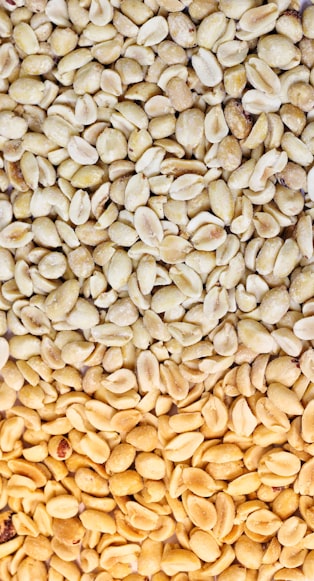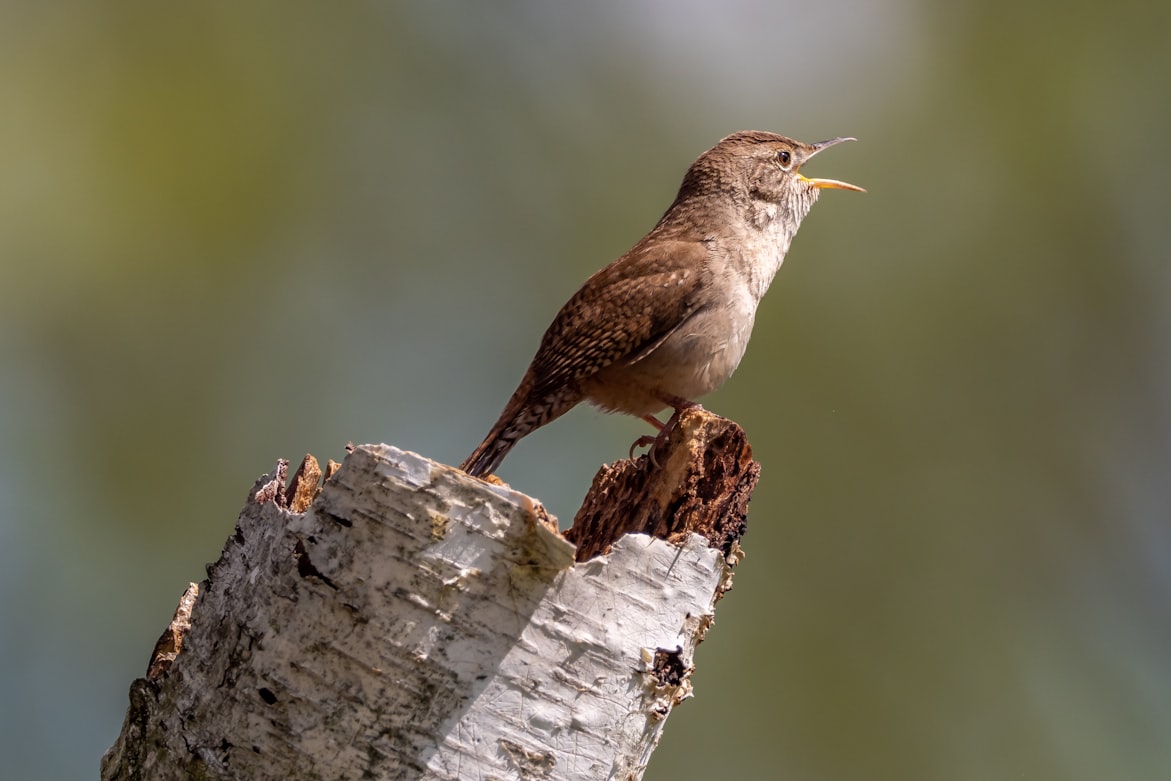As an Amazon Associate I earn from qualifying purchases.
What Do Baby Wrens Eat?

Wrens are frequently encountered across North America. These birds construct their nests in a variety of unusual locations, including old boxes, discarded cans, and even within barns and garages. It’s not uncommon for humans to discover abandoned wren babies or youngsters who’ve fallen from the canopy. It’s difficult to care for a wild wren, but with the right tools and understanding of how it works, it becomes much easier.
If the baby wren is uninjured, return it to the nest. If you can’t find the nest, wrap some newspaper around a berry basket and conceal it among dense bushes. Take any injured bird to your local veterinarian or a wildlife conservation organization if possible. If the parents are not contacted for three hours after the bird is returned to the nest, assume they have abandoned it and take it to a veterinarian, an animal shelter, or an indoor facility where you can care for it.
Caring for a baby wren requires effort and consistency. In this article, we explain how you can help a baby wren in an effective manner.
What Do Baby Wrens Eat?

The diet of a baby wren is exclusively small terrestrial insects. The young and adults eat mostly spiders, bugs, and beetles while the youngsters still in the nest are fed mostly grasshoppers, caterpillars, and crickets. Adult wrens will feed their young, as well as supplement their own diet, with mollusk shells.
Wrens eat a wide variety of foods, most of which are high in protein. If they’re unable to find any bugs nearby, Wrens will resort to consuming insects. If insects aren’t found either, then their alternative option will be to feed on berries. Mealworms, peanuts hearts, peanuts, suet, and occasionally snail shells are all used to provide digestive grit in baby wrens. Digestive grit refers to the grinding of food in their stomach, which is aided by the presence of larger particles. You may attract a house Wren to your yard by putting some peanut butter on a stump or hanging a suet feeder. Wrens are an important part of your yard. They can consume all of the bugs and they’re fascinating to watch. The House Wren eats berries and insects, making it an omnivore.

Warmth is important for baby wrens, especially if they’re abandoned in the wild. Line a shoebox with newspaper or paper towels and fill it with hot water. Small holes should be cut in the box’s lid and the baby bird should be placed inside. Keep the box hidden from children and pets by keeping it covered and away from them. Use a desk lamp with a high-wattage incandescent bulb to provide warmth. Fluorescent lights, on the other hand, do not give enough heat.
Baby wrens should be fed on a regular basis. Baby birds require food every 15 to 20 minutes when the sun is shining. To create a thick liquid, combine one part protein, such as canned puppy pup food or dried beef baby food, with two parts high-protein baby cereal or powdered grain meal. Feed the infant via a syringe or eyedropper.

Now it’s time to teach the baby wren how to eat insects. Offer tiny crawling insects, such as mealworms, at each feeding when your youngster is younger. To encourage a feeding response, press an insect against the beak of the baby wren. Because feeding is natural, don’t worry if it takes some practice.

Replace the container with a larger box as the bird matures. Old birds will become claustrophobic in a shoebox and require more space. Take the pet outside in a cage or box on occasion to acclimate it to the outdoors. Do not allow the baby wren to fly about freely in its habitat.
Once the baby wren is released, turn on some music and start dancing. Place the cage or box in an outdoor space that you’re familiar with where no dogs or cats are allowed to roam. Leave the lid or door open, and watch the bird fly off on its own. Leave the wren in its cage for several weeks so it has time to get used to you, but don’t handle or talk to it. The wren will revert to being wild at some point.
How Much Do Baby Wrens Eat?
Feed the baby wren every 15 to 20 minutes throughout the day. Soak the kibble in water until it is soft and pliable. Dry out the water before mixing in a kibble and baby cereal with a ratio of 1:2. This will create a fluid mixture. It must be a liquid state. Fill the dropper or syringe and press the food into the bird. Make sure the food does not end up under its tongue if you’re feeding a fledgling nestling since this might obstruct its airway.
Place newspaper on the shoe box and line it up. Place the baby bird inside and punch holes in the top of the shoe box. Cover the shoebox with the lid and shine the lamp on it. Turn on (insert the light bulb and turn it on).
Can Baby Wrens Be Kept As Pets?
No, house wrens are not a good choice as pets. These little birds may be aesthetically appealing, but they do not function well in a living environment. These are wild birds that require ample area to fly and explore. It is illegal to keep one as a pet in most areas.
It is against the law to keep wild birds, and they must be released as soon as feasible. It’s critical that little human interaction occurs so that the bird does not become domesticated. When a wild bird is discovered, it is HIGHLY advised to turn it over to the proper authorities.
Put your finger in the baby bird’s feet to determine whether it is a nestling or a fledgling. A fledgling has a firm grip on your finger if it does. It is a nestling if there is no hold on your finger at all. Watch the birds‘ nest for two hours after you put the wren back in. Assume that the parents have died if there is no parental care and contact your local wildlife conservation. It’s a myth that parent birds would abandon their young if they come into touch with humans.
How Do We Identify Baby Wrens?

The top portion of a wren is reddish-brown and has fine darker brown bars on the wings, tail, and rump. The lower sides are pale brown with numerous, heavier streaks across the shoulders and abdomen. They have a short chestnut-hued tail with dark brown streaked sides.
The crown of a wren is browner, with fewer streaks and a pale supercilium from the bill’s base to just beyond the eye. They have long, thin bills that are slightly downcurved and black on top, with yellow on the bottom. The eyes of wrens are dark brown, and their feet and legs are pale browns in color. Male and female wrens appear identical.
The House Wren is tiny yet has a loud voice. This creature makes chatters, rattles, and scolds when it detects potential predators. The house wren is a mundane little brown bird whose plumage varies by gender. Because of the sound it creates, you may identify a House Wren if it’s male or female.
Another indication that you’re looking at a wren is because it has white dots on its back. The wrens have evolved to blend in with their surroundings, which aids them in hiding from predators while still feeding on food. The House Wren weighs approximately half an ounce. That’s the size of half of a slice of whole-wheat bread, which is about five to six inches long. They live for up to nine years. They are typically around four to five inches long. The House Wren’s wingspan is approximately 6 inches. The House Wren flies near to the ground in its airborne method of transport. They are bright and lively, just like their music. However, they may be rather territorial.
The head, nape, and neck of baby wrens are crimson with streaks, while the underparts are streaked with black.
What Are The Natural Predators of Baby Wrens?
The Wren is vulnerable to a variety of predators, including cats, opossums, rats, and woodpeckers. The female will lay one egg each day until five or six eggs are laid after choosing and constructing the nest.
At 12 to 15 days, the nestlings remain in the nest for 12 to 15 days. The mother leaves the nest periodically to obtain food while she is incubating. The period of time when the baby remains in his or her parent’s nest is known as incubation.
House Wrens’ songs are very strident, as they are produced in periods of time. They frequently do so during the breeding season to bring in additional mates. The House Wren leaves for warmer climes during the winter, but the trip is hazardous. The Wrens live in the southern United States, and they are among the most distinctive birds. Because of how harsh winter is, only half survive. The House Wren is a fantastic creature with an amazing song.
How Do Wrens Protect Themselves From Predators?
The house wren is a tiny bird that commonly flies and nests low to the ground, thus it is consumed by a variety of predators. Rats, opossums, foxes, squirrels, raccoons, owls, kites, and snakes are among the many creatures that may be found in any environment. Woodpeckers, like wrens, can also take revenge on tiny birds for stealing their eggs. The pugnacious little songbird, on the other hand, does not shy away from attacking predators with its sharp beaks and claws.
Amazon and the Amazon logo are trademarks of Amazon.com, Inc, or its affiliates.

